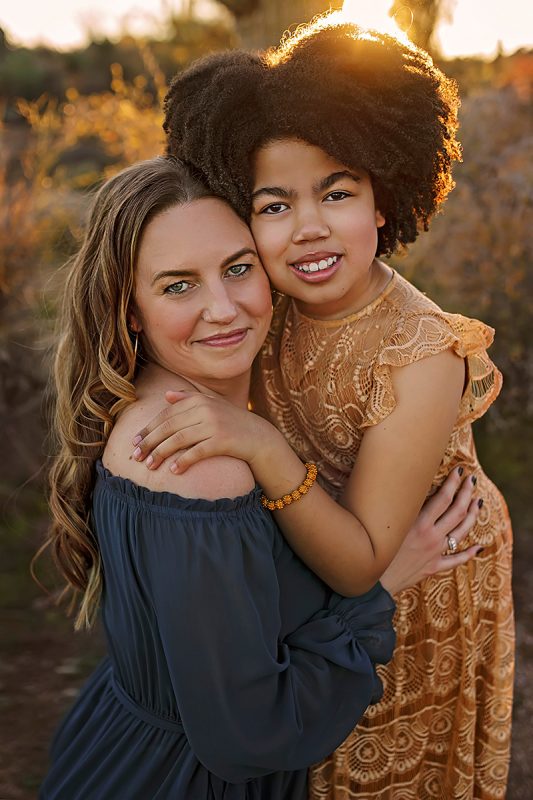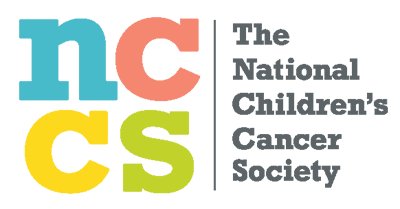Childhood cancer survivors are at risk of developing late effects, which are problems related to cancer treatment that persist after treatment is completed. Recognizing them early gives the best chance of providing effective treatments. In response, many hospitals have established long-term follow-up clinics to monitor survivors beyond treatment.
 Once a child is in remission and has recovered from the immediate effects of their treatment, long-term follow up typically begins. The goal is to help the child stay healthy, do well in school and eventually do well at work. There are five areas for quality cancer survivorship follow-up that include:
Once a child is in remission and has recovered from the immediate effects of their treatment, long-term follow up typically begins. The goal is to help the child stay healthy, do well in school and eventually do well at work. There are five areas for quality cancer survivorship follow-up that include:
- Watch for and prevent recurrence and new cancers
- Watch for and prevent negative psychosocial effects
- Watch for and manage physical effects from treatment
- Watch for and manage any chronic medical conditions
- Promote overall health and disease prevention
Long-term follow-up clinic services may include screening for recurrence and new cancers, providing treatment summaries, rehabilitation services, survivorship care plans, support groups, formalized referrals, psychological services and financial support services. Most clinics monitor growth and development, test for cognitive or learning issues, and monitor your child’s heart and lungs. Each child’s risk of late effects is unique so a customized care plan is needed to address your child’s individual needs.
Elise was diagnosed with bilateral retinoblastoma when she was only five months old. She is now 10 years old, finished with treatment and cancer free! Elise travels to a long-term follow-up clinic once a year for a thorough care visit with oncology. Her mom Janet says “they cover issues like nutrition, activity level, they do blood work and look for aches and pains. They have done genetic testing twice because they expected Elise to have social, learning, behavioral and physical problems.”
Janet has a constant worry that something will develop over time and that is why she makes it a priority to go to a long-term follow-up clinic. Janet says, “I absolutely recommend going to a long-term follow-up clinic to other families. It helps you understand the potential side effects of the specific treatments your child went through. We found out Elise is high risk for secondary cancer and now I know what to look for. The one day loss of work and school is worth the information we gain. It also provides some reassurance that she’s still cancer free and has no issues that need to be addressed.”
Once a year, most childhood cancer survivors need follow up visits. However, this can vary depending on the individual circumstances. Discuss your child’s specific needs with your healthcare provider. Click here to find a long-term follow-up clinic near you.

